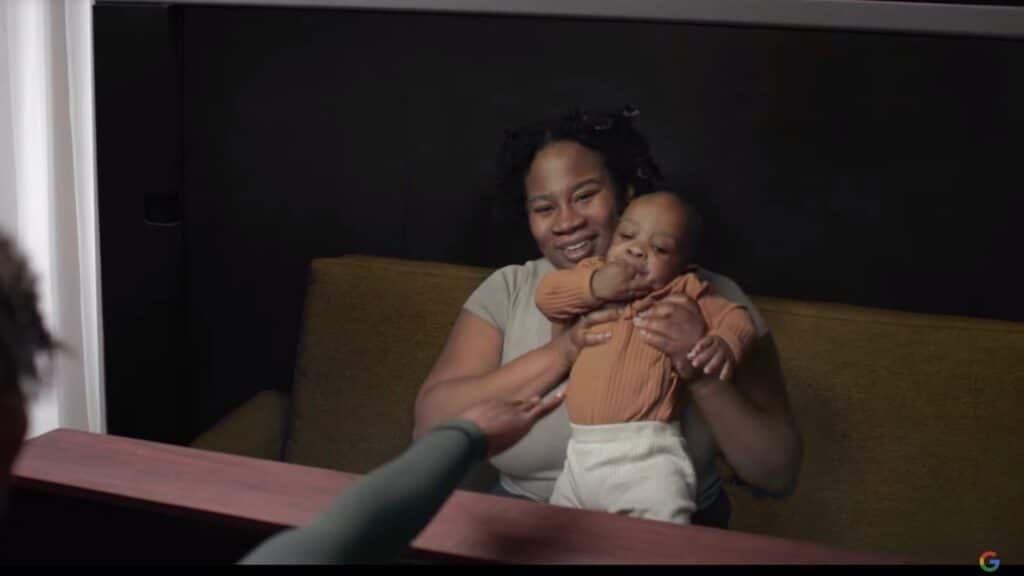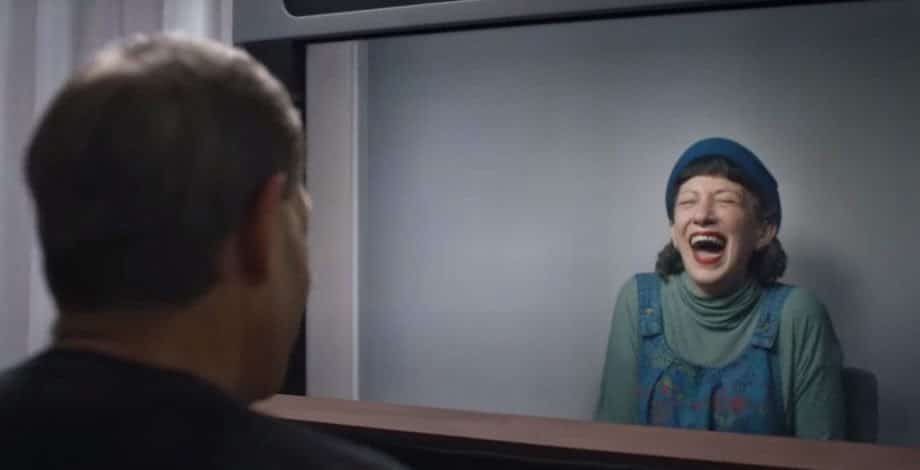One of the most interesting announcements at this year's Google Product and Innovation Presentation (it's called I/O) was a cliffhanger. Google is working on holographic video calling (or something that closely resembles it) through a system called “Starline project".
It says "that is". The Starline project aims at a development capable of making video calls more natural than ever. The key to the whole system is a large display, a real “window” showing life-size 3D images of the participants. And when I say "3D" I don't mean "like a 3D movie". I mean “video calls that allow us to move and see the angle of our interlocutor change”.
Ok. I'll show it to you first than to tell it to you, as usual.
Holographic video calls, come to me!
The goal of these video calls through Google's "Magic Mirror" is to make the other person appear as if they were really there. The demonstration video gives you an idea because it seems realistic to the point that you can't exactly understand who is really physically in the room of the person filming.
Sundar PichaiGoogle CEO pointed out that this is a new technology still in development, but he also admitted that the company has already used Starline in some of its offices in the Bay Area, New York and Seattle.
A squeeze of technology

Starline leverages computer vision, deep learning, spatial audio, advanced compression, depth sensing cameras. It is a very powerful concentration of technology condensed into a fantastic giant "light field" display.
At first glance it gives me the idea of being a kind of half-length, full-size PORTL (if you don't know what PORTL is I'll tell you about it here). This magic mirror allows you to view high resolution 3D images without the need for special glasses. Video calls are practically face-to-face meetings.
Think, for one thing, of the possibility for psychotherapists to have sessions with patients anywhere. And think what will happen when the development of this technology allows Starline to be integrated into any living room TV.


